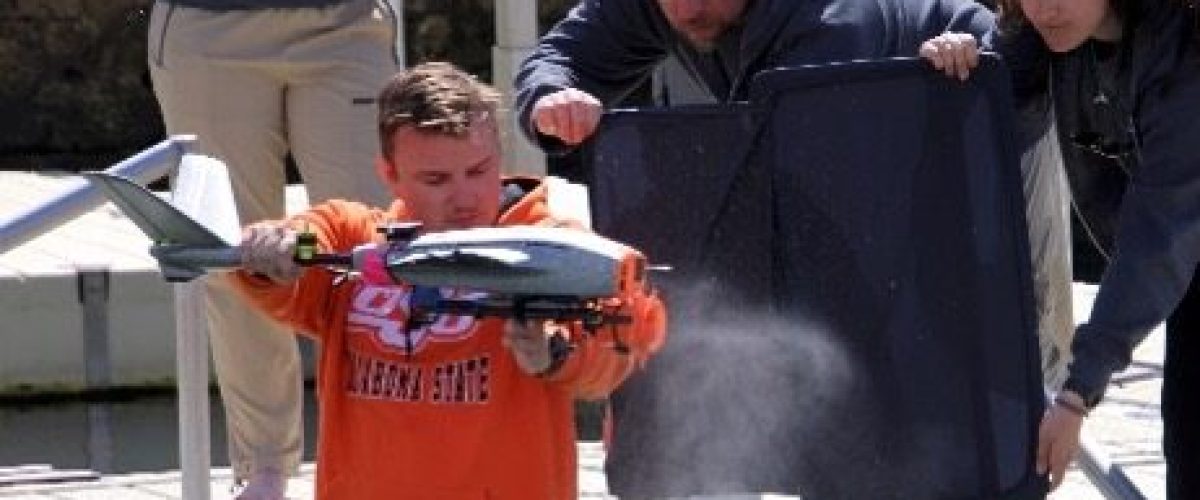PASSIVE HORMONE ANALYSIS IN SEA MAMMALS (P.H.A.S.M.)
LOCATION: BERMUDA
|
Jason Bruck, PhD; Tabby Gunnars; Savannah Damiano |
Jamey Jacob, PhD; Daniel Gassen; Zach Yap |

PROJECT SUMMARY

Jason Bruck, PhD
Potential anthropogenic stressors on marine fauna continue to increase, yet how marine mammals fare under these conditions remains largely unknown. For example, noise sources may trigger a stress response in whales and dolphins, which typically causes health and cognitive deficits in other mammals. As we do not have good data to show how humans are impacting these highly protected and valuable species, the objective of this project is to develop a system to collect health data from dolphin blowhole mucus as animals surface to breathe, using a first of its kind uncrewed aerial system (UASs), developed for cetacean applications.

Jason Bruck, PhD
Our preliminary data indicates that the use of standard commercial drones will result in inaccurate data as the system’s noise will likely increase stress hormone levels and chase subjects away. Furthermore, rotary (helicopter-like) UASs are likely to blow viable samples away through downwash from the spinning blades. However, silent fixed-wing capable UASs will enable accurate estimation of stress levels, pathogen load, and microbiological contaminants through the successful collection of blow samples, since dolphins should be unable to hear and see the drone based on our previous research mapping dolphin field of vision as well as their sensitivity to different drone sounds.


